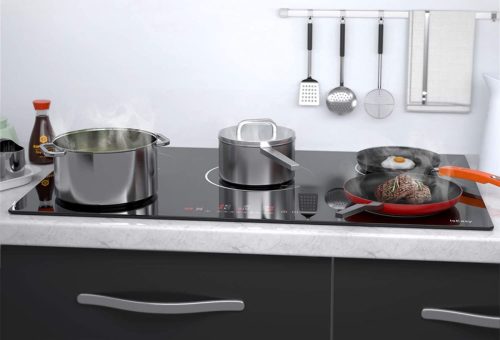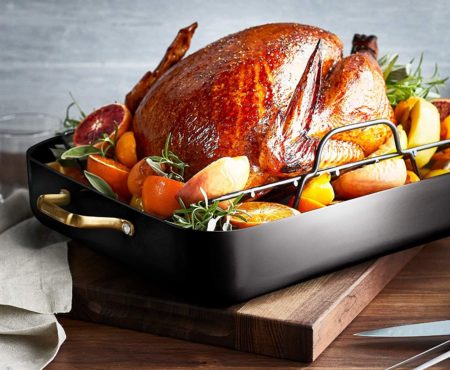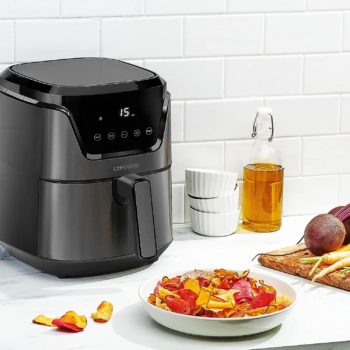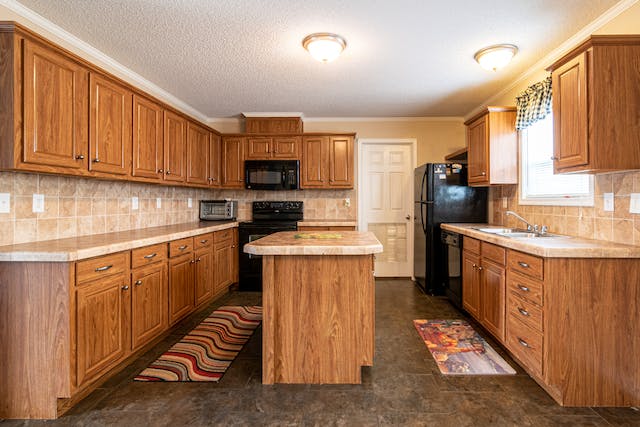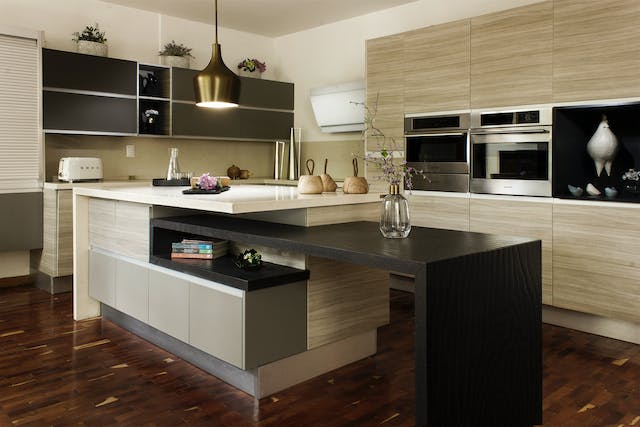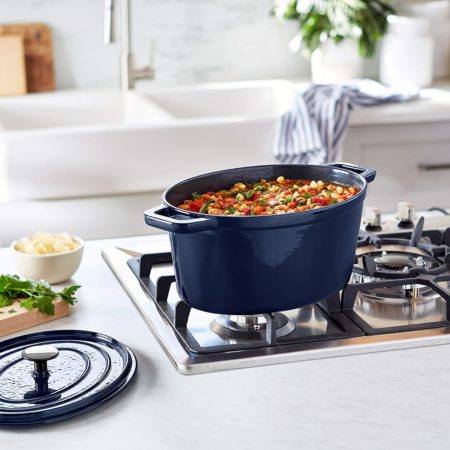Most of the time, the oven is the unsung hero of a busy household. It helps cook Sunday roasts, treats like cakes and cookies, and (occasionally) frozen pizza until it’s perfectly crispy. Your kitchen almost seems empty without an oven. An oven is a must-have appliance, but before you buy one, you should figure out which type fits your needs and tastes the best.
It can be hard to find an oven that works well in your kitchen because there are so many brands and types to choose from. Canstar Blue has made a list of the different types of ovens below to help you decide which one to buy, no matter how good you are in the kitchen.
Different Types of Ovens Explained
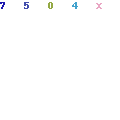
Gas ovens
Gas ovens are popular in many homes, and they usually cost less to run over time than electric ovens. Gas ovens, on the other hand, are becoming less popular in homes. This is partly because they cost more and there aren’t many brands that sell options for less than $1,000. Also, the bill for homes that don’t already have a natural gas line could be higher than expected. So, you’ll have to decide if you want to pay more up front and maybe save more in the long run, or if you want to do the opposite.
Whether you should choose a gas oven or a different type of oven depends on how you usually cook. For example, food doesn’t brown as well in gas ovens as it does in electric ovens. But most people think that gas ovens are better at keeping in moisture and are best for making juicy roasts.
Electric Ovens
Electric ovens are the most common choice for homes. They make up most of the market and are usually cheaper than gas ovens. Since there are more brands and models of electric ovens, they may be the best choice if you’re looking for something specific or like to have a lot of options.
It is often thought it to be easier to use and clean, especially since many models now come with pre-set cooking programs, cleaning functions, and safety features.
Convection ovens and regular ovens
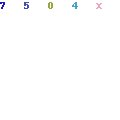
You also have to decide how your oven is powered and whether you want a traditional electric oven or a convection electric oven. The main difference has to do with how the oven heats the air inside.
A traditional oven heats from the bottom up, but pockets of cooler air can form in some places, which can make cooking uneven. Convection ovens, on the other hand, use a fan to pull warm air from the back and move it around the oven. They can usually be set to a lower temperature than regular ovens while still getting the same results. As air moves around, pans and dishes with high edges may affect how well your food cooks, so pay attention to what you use to make dinner.
Steam Ovens
Even though steam ovens might not be at the top of everyone’s list, they have become more and more popular in recent years. The water-based oven gives consumers another option. Steam ovens work by putting water into a boiler, either through a separate canister or a connection to the waterline. The steam then heats the oven. Less oil is needed because of the steam, which can be a healthier choice for homes.
Steam ovens also keep more of the food’s nutrients and cut down on cooking time. However, they may change how crispy your food turns out, so they might not be the best choice for everyone. Also, a steam oven will cost you more than a regular oven, so it’s more of a financial commitment. Basic models can cost as much as $1,000.
Oven sizes
When it comes to ovens, the size and capacity you need will depend on the size of your family and whether or not Sunday night dinners are usually at your house. Many brands offer both single and double ovens, so you can choose what works best for you.
Single ovens
Single ovens are usually 60cm tall and can fit anywhere in your kitchen. This type of oven can be used in most homes, and it comes in different sizes, so there are always a lot of options. It’s also easier to find than double ovens, which are often more expensive and harder to find.
Double ovens
Double ovens are great for big families or people who like to cook a lot. They are basically two single ovens stacked on top of each other and are usually between 72 and 90cm tall. The best thing about a double oven is that you can grill or roast in one oven while baking dessert in the other.
Ovens that clean themselves
Even though ovens are useful, they can be hard to clean, especially after big meals that make a lot of grease and cause burnt food to stick to the walls. Self-cleaning ovens are easy to find, which is great. Most of these work by heating the inside to a high temperature, which “burns” the gunk and leaves behind ash and grime that should be much easier to clean up.
There are two types of self-cleaning ovens: pyrolytic and catalytic. Both types clean your oven, but in different ways. The more common type, called pyrolytic, heats the inside to a high temperature to “burn” all the residue, leaving behind ash and dirt that you can now wipe away. Catalytic ovens, on the other hand, are lined with special chemicals that soak up any food spills and make them easier to clean.
No matter which one you like best, a self-cleaning feature usually means you’ll have to pay a higher price. But if it helps you do less work, it might be well worth the money.
Warming drawers
Even though not every kitchen has one, a warming drawer could make the difference between a good dinner and a bad one. It can be used to keep plates and food warm when you’re in a hurry. Food can also be defrosted in warming drawers, which is helpful if you forgot to take the chicken out of the fridge.
Most warming drawers are put in a wall cavity, usually above or below the oven, and have an electronic panel on the top edge of the drawer. This gives the drawer a very sleek look. Even though most homes don’t need one, a warming drawer may be worth looking into if you often have people over for dinner or have trouble putting all the parts of a meal together while they’re still warm.
What is the best oven for me?
In the end, the oven you choose will depend on your personal situation, as well as the size of your family, how often you cook with an oven, and whether or not you need extra features like warming drawers or self-cleaning functions.
There are many kinds of ovens on the market, so there is one for every home. However, you may need to do some research to find the best one for you. But now that Canstar Blue rates oven brands, you can spend less time doing research and more time eating food cooked in the oven. Follow the link below to read our most recent reviews of ovens.
